Posts are listed with the most recent first. Click on the title to view the complete article.
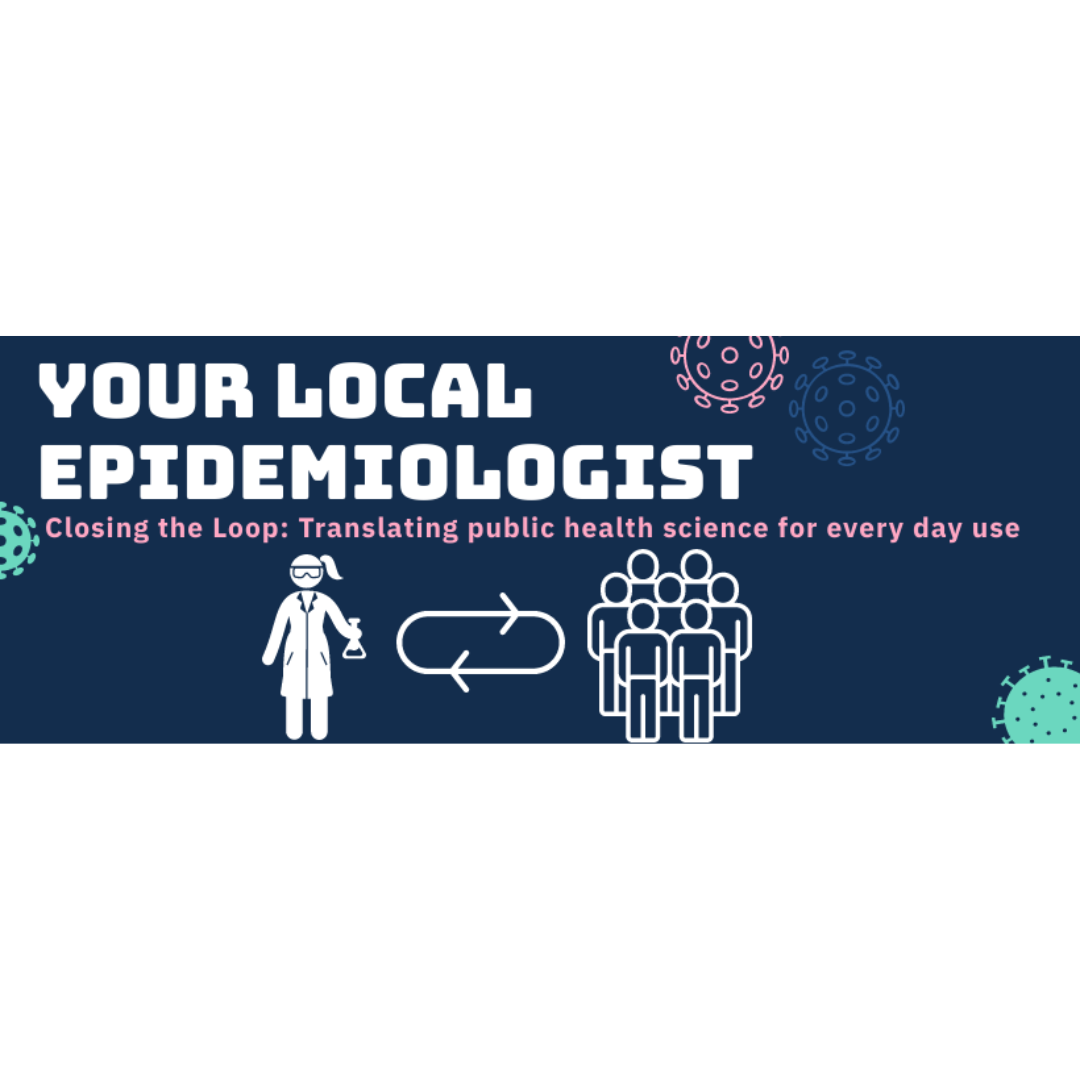
A Guide to Fall Vaccine Options
It’s the first time we have vaccines for all three fall respiratory viruses that hospitalize and kill hundreds of thousands annually. This is a big deal, that is, if we utilize them. So, we thought collecting information about them in one place would be helpful. This is the what, who, and when for each… (posted 08/21/2023)

Why America Needs More Diversity in the Doctor’s Office
In an increasingly diverse country, connecting patients with providers who look like them and feel culturally relatable will lead to better health outcomes for all. Picture this: Two dozen men gather in a classroom in rural south Georgia to get their hair shaped up and talk about life. The barbers are the main attraction, but the get-together is organized by medical students – specifically Black medical students – as a way to reach people who might not otherwise see a doctor. They check blood pressure amid the buzz of electric clippers. No surprise, nearly everyone in the room is hypertensive… (posted 08/18/2023)

More Women, DO’s Among Licensed Physicians
The latest census of physician licensees shows a growing population of female physicians and those with a doctor of osteopathic medicine (DO) degree. In 2022, 37% of the physician workforce was female, compared with 30% in 2010, according to the Federation of State Medical Boards’ (FSMB) biennial “Census of Licensed Physicians in the U.S.” The number of licensed female physicians grew by 54% since 2010, compared with an 11% increase for male physicians, reported Aaron Young, PhD, of the FSMB, and colleagues. In addition, the percentage of DOs in the physician workforce rose to 11% from 7% during that time, and the number of doctors with a DO degree grew 89% from 2010 to 2022, compared with an 18% increase for MDs, they noted in the Journal of Medical Regulation… (posted 07/25/2023)

With Few MD’s Practicing in Rural Areas, A Different Type of Doctor is Filling the Gap
For 35 years, this town’s residents have brought all manner of illnesses, aches, and worries to Kevin de Regnier’s storefront clinic on the courthouse square — and he loves them for it. De Regnier is an osteopathic physician who chose to run a family practice in a small community. Many of his patients have been with him for years. Many have chronic health problems, such as diabetes, high blood pressure, or mental health struggles, which he helps manage before they become critical… (posted 06/06/2023)

Are Health Outcomes Any Different With MDs vs DOs
Quality and cost of care were similar between allopathic (MD) and osteopathic (DO) physicians who care for older patients in hospital settings, according to a retrospective observational study. Of over 300,000 Medicare admissions, the adjusted 30-day mortality rate was similar between MDs (9.4%) and DOs (9.5%), with an average marginal effect (AME) of -0.1 percentage point (95% CI, -0.4 to 0.1, P=0.36), reported Atsushi Miyawaki, MD, PhD, of the University of Tokyo in Japan, and co-authors… (posted 05/31/2023)
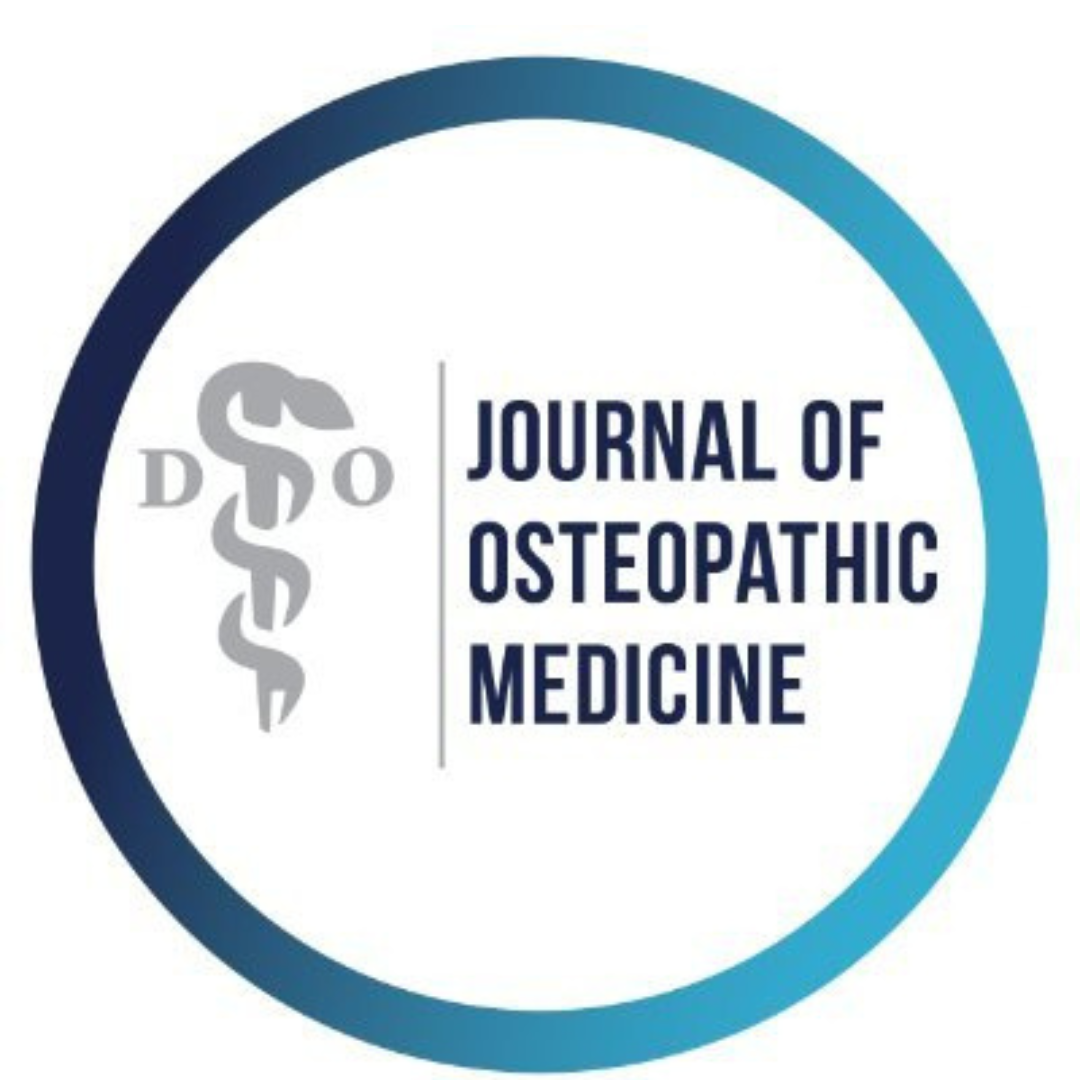
The Relationship Between Required Physician Letters of Recommendation and Decreasing Diversity in Osteopathic Medical School Admissions
Some racial and ethnic groups are underrepresented in the medical field because they face unique barriers to admission to medical school. One admission requirement that can present a barrier for applicants is the physician letter of recommendation (PLOR). Undergraduate students report confusion with the application process and lack of mentorship to be two of their biggest challenges to becoming a doctor. It is especially challenging to those who already have limited access to practicing physicians. Therefore, we hypothesized that in the presence of a PLOR requirement, the diversity of students who apply and matriculate into medical school will be decreased… (posted 05/31/2023)
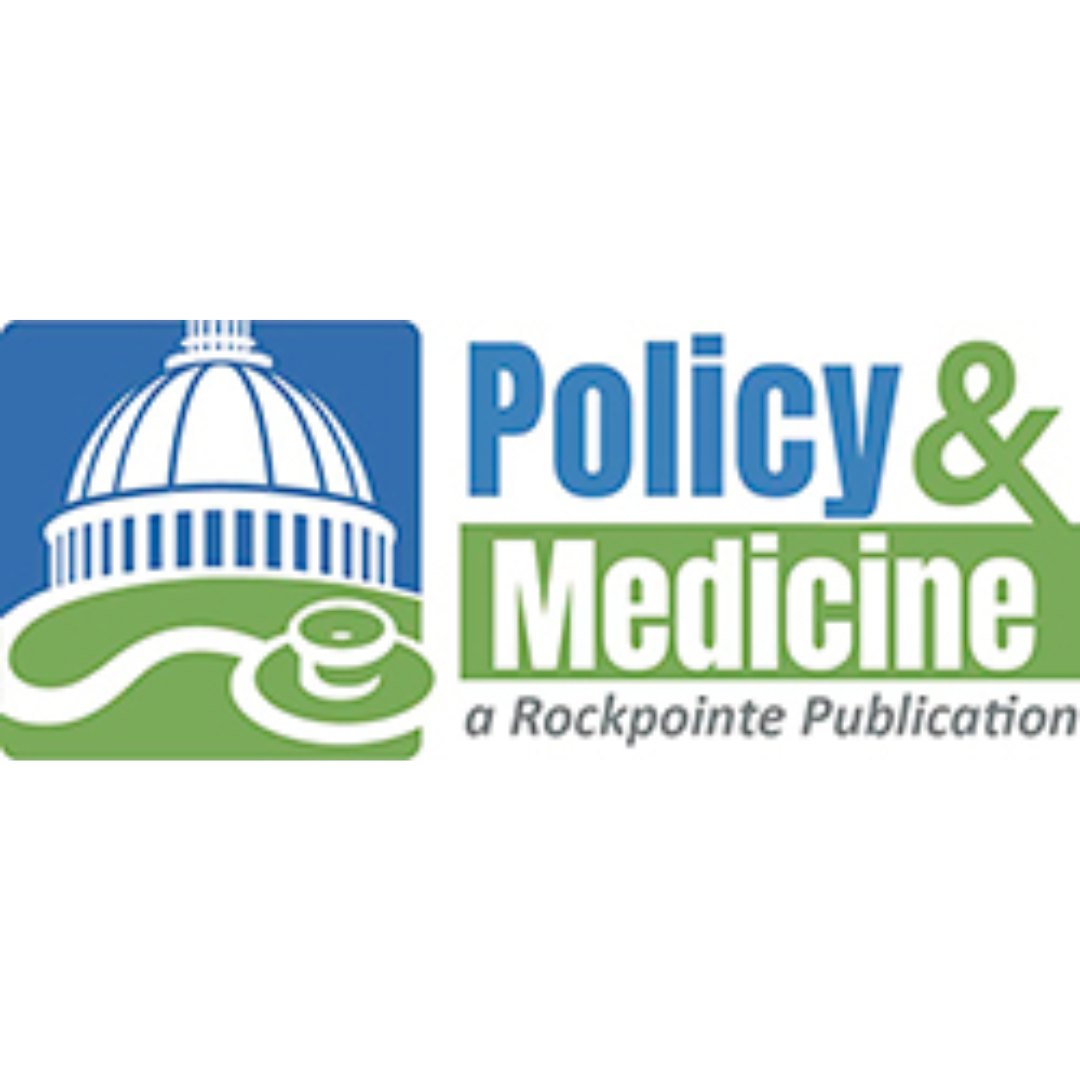
DEA Publishes Requirements for MATE Act One Time Requirement for Eight Hours of Substance Abuse Disorder Training
The United States Drug Enforcement Administration (DEA) recently published the requirements for training for the Medication Access and Training Expansion (MATE) Act. These requirements are tied to practitioners’ initial or renewal DEA registration starting June 27, 2023, and the only exception is a practitioner that is solely a veterinarian. Under the MATE Act, practitioners must complete at least eight hours of training on opioid or other substance use disorders, as well as the safe pharmacological management of dental pain. The education requirement can be met in one of three ways… (posted 04/05/2023)
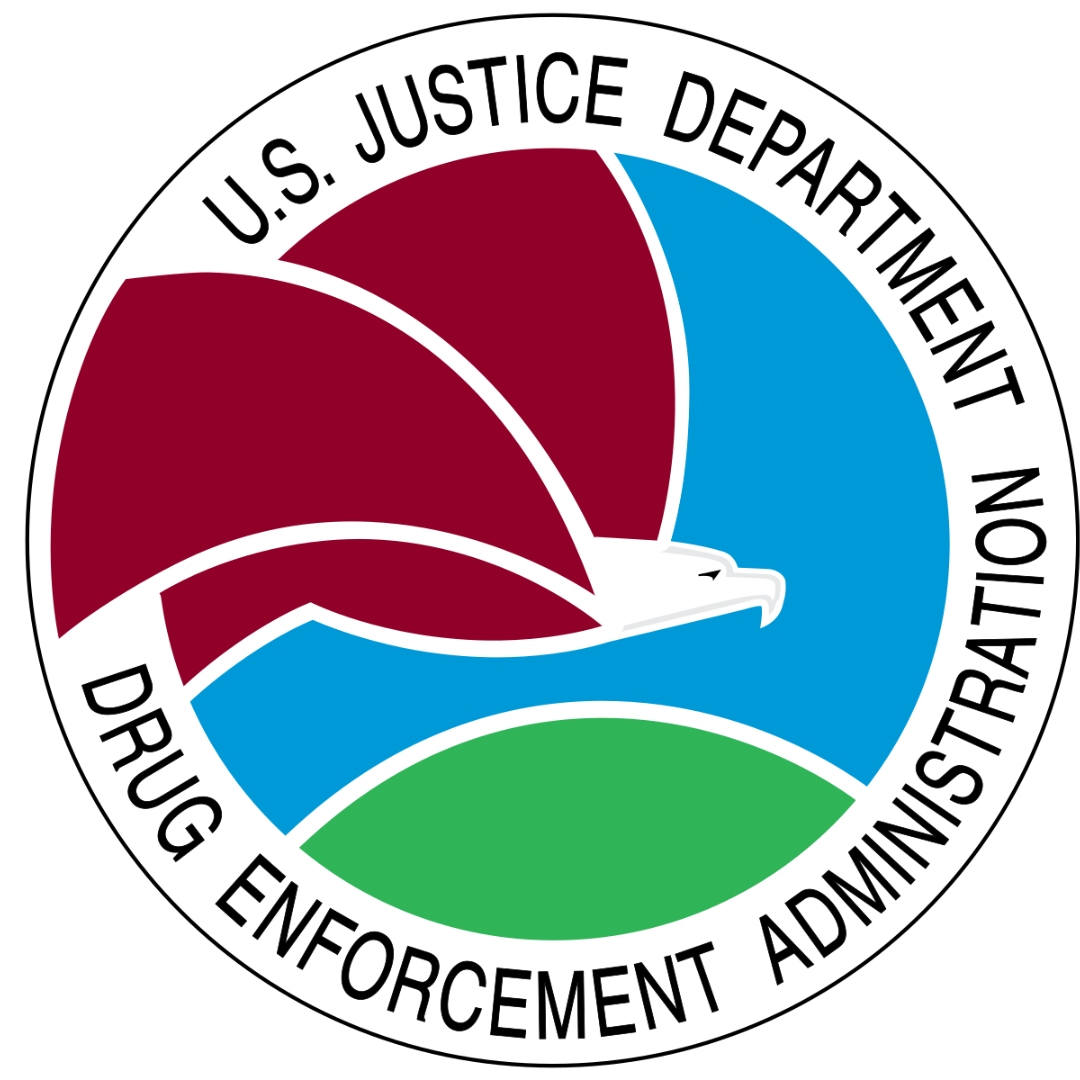
DEA Announces Proposed Rules for Permanent Telemedicine Flexibilities
February 24, 2023 the Drug Enforcement Administration announced proposed permanent rules for the prescribing of controlled medications via telemedicine, expanding patient access to critical therapies beyond the scheduled end of the COVID-19 public health emergency. The public will be able to comment for 30 days on the proposed rules. The proposed rules – developed with the U.S. Department of Health and Human Services and in close coordination with the U.S. Department of Veterans Affairs – propose to extend many of the flexibilities adopted during the public health emergency with appropriate safeguards… (posted 02/27/2023)
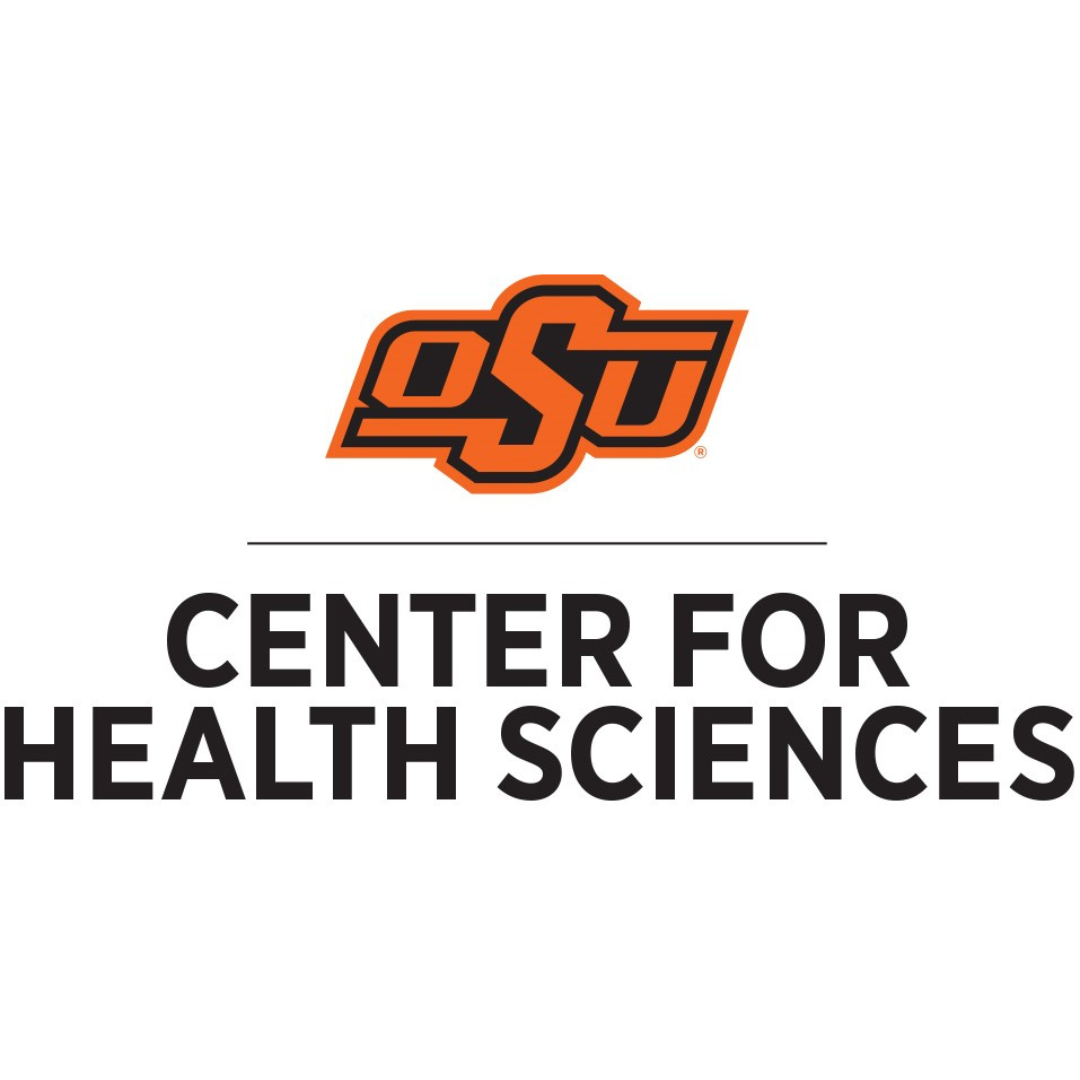
Representation Matters: OSU Medical Students Recognized for Their Desire to Care for Underserved Populations
Diego Dominguez’ trail to becoming an Oklahoma State University Scholar in Urban Medicine and a third-year medical student started years ago when he was just 12 years old on his first visit to a doctor after moving from El Salvador to his new home in the United States. That visit did not go well. “I couldn’t explain my symptoms in a different language and unlike the other patients at the clinic I didn’t have anyone to translate for me,” Dominguez recalls… (posted 02/06/2023)
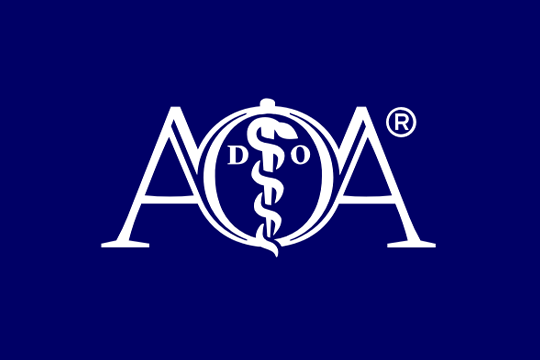
The Importance of Medical Truth in Advertising & Access to Physician-led Care
Do you want a less qualified individual performing your surgery or other invasive procedures, ordering x-rays and lab tests, and being responsible for telling the difference between a life-threatening condition and one that is less serious that shares similar symptoms? If your answer is no, can you identify which of the following health care professionals complete medical school and residency training, qualifying them for unlimited medical licensure in every state?… (posted 02/01/2023)

The Respect for Marriage Act: How This Law Supports the Health and Well-Being of LGBTQ+ Youth
Childhood and adolescence are periods of life with rapid growth and development in which the psychosocial factors of one’s environment can have a profound effect on health. There is increasing evidence that adverse childhood experiences (ACEs) can have significant negative effects on long-term health with effects persisting into subsequent generations… (posted 01/19/2023)

The X Waiver Is Officially Dead
But now, doctors will have to take substance use disorder training to get their DEA license. The Biden administration’s recent spending bill contained under-the-radar changes for addiction medicine, including eliminating the X waiver requirement for clinicians who treat opioid use disorder with medication-assisted treatment (MAT)… (posted 01/06/2023)

Misunderstanding COVID Pandemic Law Waivers May Put Your Practice at Risk
Since the start of the COVID pandemic in 2020, we have seen the introduction of new regulations that apply to healthcare entities — and a relaxing of others. While some COVID-era changes may permanently remain in place, such as rules related to telemedicine, others are temporary or may have already ended. Healthcare providers need to be alert for temporary changes that are coming to an end and need to also confirm that they have properly understood any waivers or changes in the law on which they previously relied… (posted 11/11/2022)

CDC Just Changed Its Opioid Prescribing Guidelines. Here’s What to Know
Hard thresholds for pain medication doses and duration are no longer promoted through the CDC’s new Clinical Practice Guideline for Prescribing Opioids for Pain. The new guidance — which covers acute, subacute, and chronic pain for primary care and other clinicians — updates and replaces the controversial 2016 CDC opioid guideline for chronic pain… (posted 11/04/2022)

More DOs Join Physician Ranks as Osteopathic Pipeline Heats Up
The number of doctors of osteopathic medicine (DOs) is enjoying a significant growth pattern. This year alone, 7300 osteopathic physicians are entering the workforce, and they make up more than 25% of the medical student population. The pipeline of future DOs is at an all-time high of 36,500 students, according to the American Osteopathic Association (AOA)… (posted 09/09/2022)

Putting the DO-MD Debate to Bed for Good
During a September 2021 interview on The Tonight Show with Jimmy Fallon, comedian Hasan Minhaj referred to doctors of osteopathic medicine, or DOs, as “off-brand doctors” compared with their MD counterparts. The medical community — MDs and DOs alike — hit back… (posted 08/04/2022)

2022 Osteopathic Medical Profession (OMP) Report
The AOA is pleased to share the American Osteopathic Association’s 2022 Osteopathic Medical Profession (OMP) Report. The report updates yearly progress toward the advancement of the osteopathic profession within the AOA and the broader medical community… (posted 08/03/2022)
